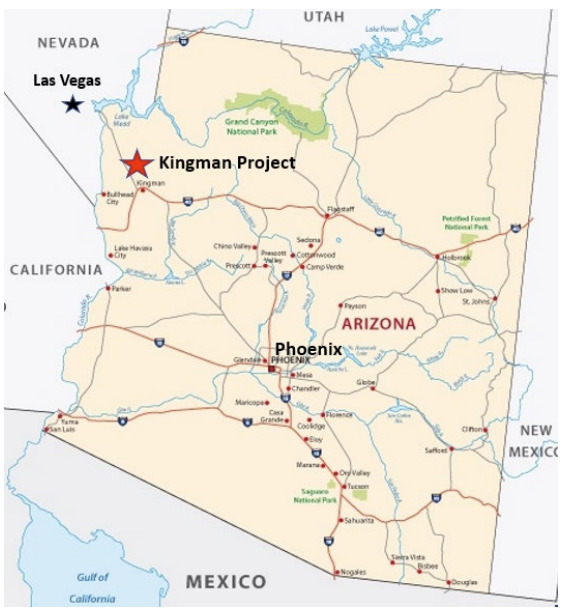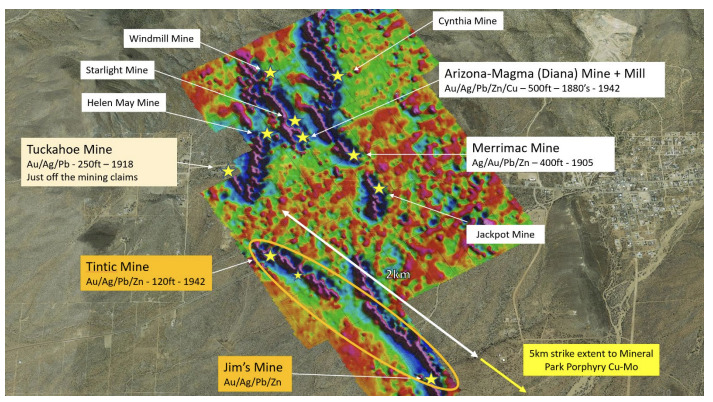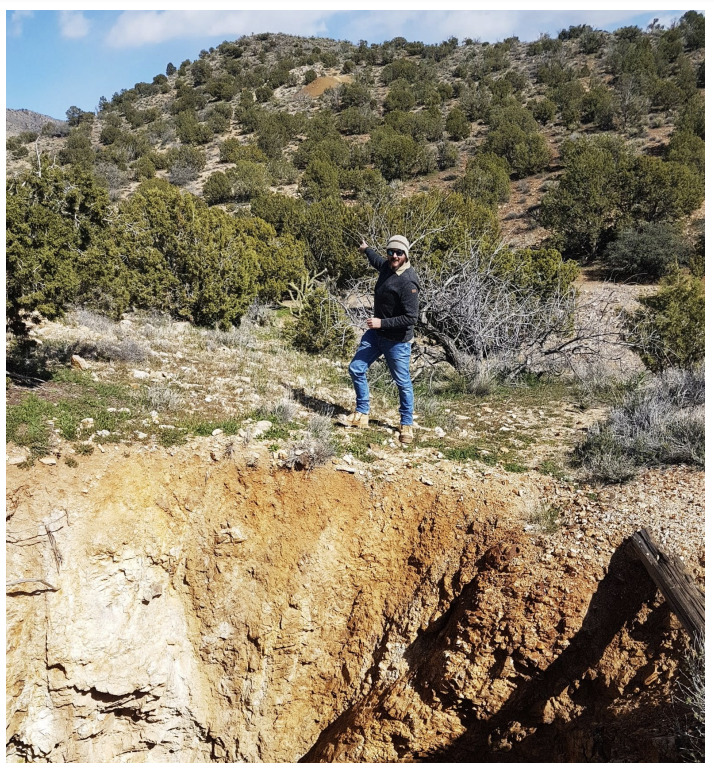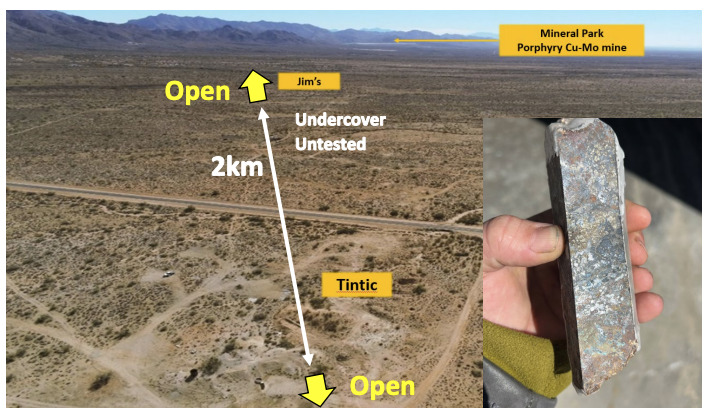Q+A: Riedel Resources’ David Groombridge on why 2024 could be a company-making year

Stockhead sat down with managing director David Groombridge to discuss why explorers are flocking to the Copper State.
- Riedel Resources is gearing up for a maiden resource at the Kingman gold-silver project in December 2023
- Kingman covers an area of historic gold-silver-lead-zinc mines that were in production from the 1880s through to the early 1940s
- More than a dozen historical workings untested by drilling
Riedel Resources (ASX:RIE) has a busy few months ahead as it charges towards a maiden resource at the Kingman gold-silver project in northwest Arizona, a region steeped with mining history.
The lure of gold, silver, and copper sparked a mining boom during the mid 1800s, but it wasn’t until 1870 that prospectors discovered the treasure trove under the surface at the Kingman project, following the development of the Atlantic and Pacific railroad.

World War 2 resulted in many of these mines ceasing operations, leaving numerous historical mining districts with high-grades and shallow mineralisation essentially untouched.
According to Arizona’s mine inspectors’ office, there are nearly 100,000 abandoned mines across the state with Kingman itself containing its own fair share of large historical workings, the biggest being the Arizona Magma mine.

Within the district, the Golconda and Tennessee-Schuylkill mines are the largest of the precious and base metal mines that were mined to a depth of ~420m respectively with the Tennessee-Schuylkill mined over a strike length of ~1.6km.
These days, Arizona accounts for more than 10% of America’s mineral production but there’s still so much left to be discovered.
Stockhead sat down with managing director David Groombridge to discuss why explorers are flocking to the Copper State and Riedel’s exciting year ahead.
On face value the Tintic looks good; shallow and high grades. What continues to excite and impress you the most about the project?
“The shallow and high grades at Tintic continually excite me,” Groombridge says.
“What impresses me the most is that despite drilling ~18,000m in four years, we have barely scratched the surface of the project with only three holes deeper than 200m.
“There is huge upside potential across a contiguous land package that we are seeking to unlock for shareholders.
“There are more than a dozen historical workings that remain untested by drilling, with limited geochemical and geophysical coverage across the project,” he says.

“We expect mineralisation to continue at depth like that recorded at the nearby Golconda and the Tennessee-Schuylkill mines.”
How big is the potential resource at Tintic?
“The mineral resource is just around the corner, so stay tuned,” Groombridge says.
“Our objective with resource drilling this year at Tintic was to delineate a shallow, high-grade gold resource that could be mined via open pit.
“The concept being that we would then look to truck to a third-party mill with no processing to occurring on-site.
“This would also mean we would not be looking to build a processing plant, nor tailing dam, nor campsite etc – thus saving significant time and cost.”
Riedel appointed you as CEO as the company moves into a more advanced phase of exploration. What is your background and history of working with large gold deposits?
“The largest gold deposit I have worked on was at AngloGold Ashanti’s Sunrise Dam where I was part of the underground resource development and exploration team as mining went from the open pit to underground,” Groombridge says.
“I also worked with Silver Lake Resources (ASX:SLR) in the exploration team in the Mount Monger district and most recently was leading the team for Medallion Metals’ (ASX:MM8) Ravensthorpe gold project as exploration manager where we increased the resource from 700kz oz gold to 1.3Moz in two years.”
You’ve also got the former Ramelius and Cygnus Metals chair Michael Bohm in the hotseat as Riedel chairman. As well as board experience, what are some other aspects about the company that sets it apart from the rest?
“Having a project in Arizona but headquartered in Perth is unique and provides us with a strategic advantage of accessing and leveraging expertise from both regions,” Groombridge says.
“The strategic objective of developing a shallow, high-grade, high-margin project and trucking to a nearby plant is straight out of the playbook of Ramelius and to my current knowledge, is a unique model within the USA and gives Riedel a first-mover advantage.

“I will also be based in Houston, Texas from December 2023 which will allow me to be on the ground in Arizona more often and gives me the ability to identify existing opportunities within the Kingman project and across the USA.”
What is your project timeline like and how quick do you see the company moving through to the scoping and feasibility study stage?
“Our current thoughts regarding timing are as follows – mineral resource for Tintic due in early December, initial metallurgical test work due by the end of 2023, with the preliminary economic assessment/scoping study to be initiated in January 2024 and completed by April 2024,” he says.
“We will then focus on the submission of permitting to mine at Tintic in Q2, 2024 and hope to be mining and producing gold by mid-2025.”
Riedel Resources share price today:
At Stockhead we tell it like it is. While Riedel Resources is a Stockhead advertiser, it did not sponsor this article.
Related Topics

UNLOCK INSIGHTS
Discover the untold stories of emerging ASX stocks.
Daily news and expert analysis, it's free to subscribe.
By proceeding, you confirm you understand that we handle personal information in accordance with our Privacy Policy.








